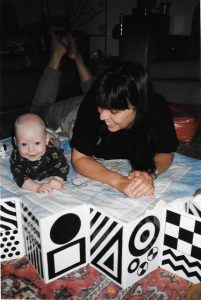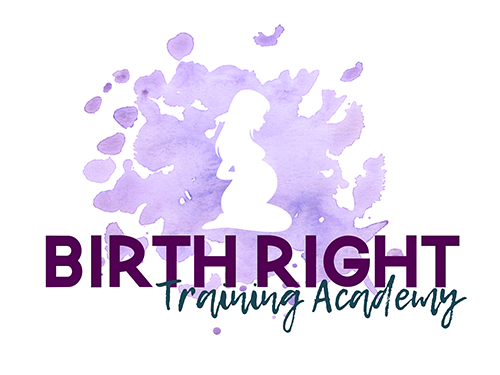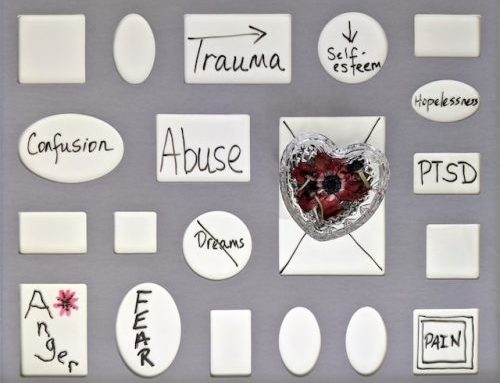Guest blogger: Therese Chamberlain
From the moment I held my first son in my arms I was struck with not only the joy of meeting him face to face and the awe of my achievement in birthing him, but also the magnitude of the responsibility I immediately felt toward him. This surprised me. I sort of knew what I was in for. I’d taken care of my body for nine months, eaten all the right things, exercised, stopped smoking and drinking. I was very aware of the little being growing inside me. Everyone from family and friends, to people I hardly knew had told me it would change my life forever, I’d have interrupted sleep for years and be physically and financially ruined! Yeah, yeah, yeah, all the negative stuff…it’s a wonder anyone wants to breed if you believe all the bad stories.
Nevertheless, it was the enormity of the responsibility I felt toward this little dependent being that surprised me and made me feel both protective and scared.
What I quickly came to realise was that while my baby was totally dependent, he was not helpless. He knew who I was, he’d grown inside me. We were already inextricably connected. He was an active participant in our relationship and came with the cues to elicit a response from me to meet his needs. I just had to understand his cues!
So here I was with my little precious dependent being and my job as his parent was to provide for him, guide him, and keep him safe so that he could grow into a happy, wholesome, independent human being.
Wow! Is that all!
I quickly learnt that growing a child involves ‘letting go’, as well as protection. The two are not as contradictory as they may sound, letting go enough to allow your child to grow and conversely knowing when to pull them close and protect them.
It’s no surprise that all babies, all children, thrive when they feel safe and secure in their relationships, confident that their needs, not necessarily their wants, are meet quickly, without distress. So how can we become emotionally available for our children and better understand their cues and what they need at any given time?
When I discovered Circle of Security it was a light bulb moment both professionally in the work I did with struggling families and profoundly in my relationship with my own children. It made total sense, it conceptualised and validated what I already knew to be true.
Circle of Security is a framework, a road map which symbolises the relationship between a child and their primary caregiver. It was developed in the United States by Glen Cooper, Ken Hoffman, and Bert Powell as an early intervention programme designed to encourage attachment security between parents and children. It is backed up by decades of university based research which confirmed that children who are secure show increased empathy, greater self esteem, better relationships with their parents and peers, enhanced school readiness, and an increased capacity to handle emotions more effectively when compared with children who are not secure. www.circleofsecurity.net
It is based on the premise that for a child to grow into a relationally secure and interdependent adult, they need to be able to confidently explore their world knowing that they have the support of a parent or caregiver who will be there for them upon their return. An adult who will be a secure base and provide a safe haven. An adult who is bigger, wiser, stronger, and kind emotionally. An adult who is able to follow the child’s needs when possible and take charge when necessary.
Of course for all of us parenting enables us to reflect on our own experience of being parented. This is not an easy journey. Many of us have experienced at least some parenting practices that we don’t want to replicate with our children. We’ve become more nuclear and isolated as families and we often feel confused about parenting, carrying the memories of how we were raised, and often conflicting new information about how we should be raising our children. Sometimes we forget that we are parenting a person, who already thinks and feels and is worthy of kindness and respect, and at the same time needs someone who can keep them safe and secure.
In my next blog, “What Every Child Needs!”, I will describe how a child travels around the Circle of Security, the role of the secure adult and the cues given by a child as they explore their world and return to their safe haven.
If you’re interested in learning anymore about the Circle of Security; would like to enhance your relationship with your child; or are interested in joining a COS parenting
group you can find out more at: http://www.yourfriendship.com.au




